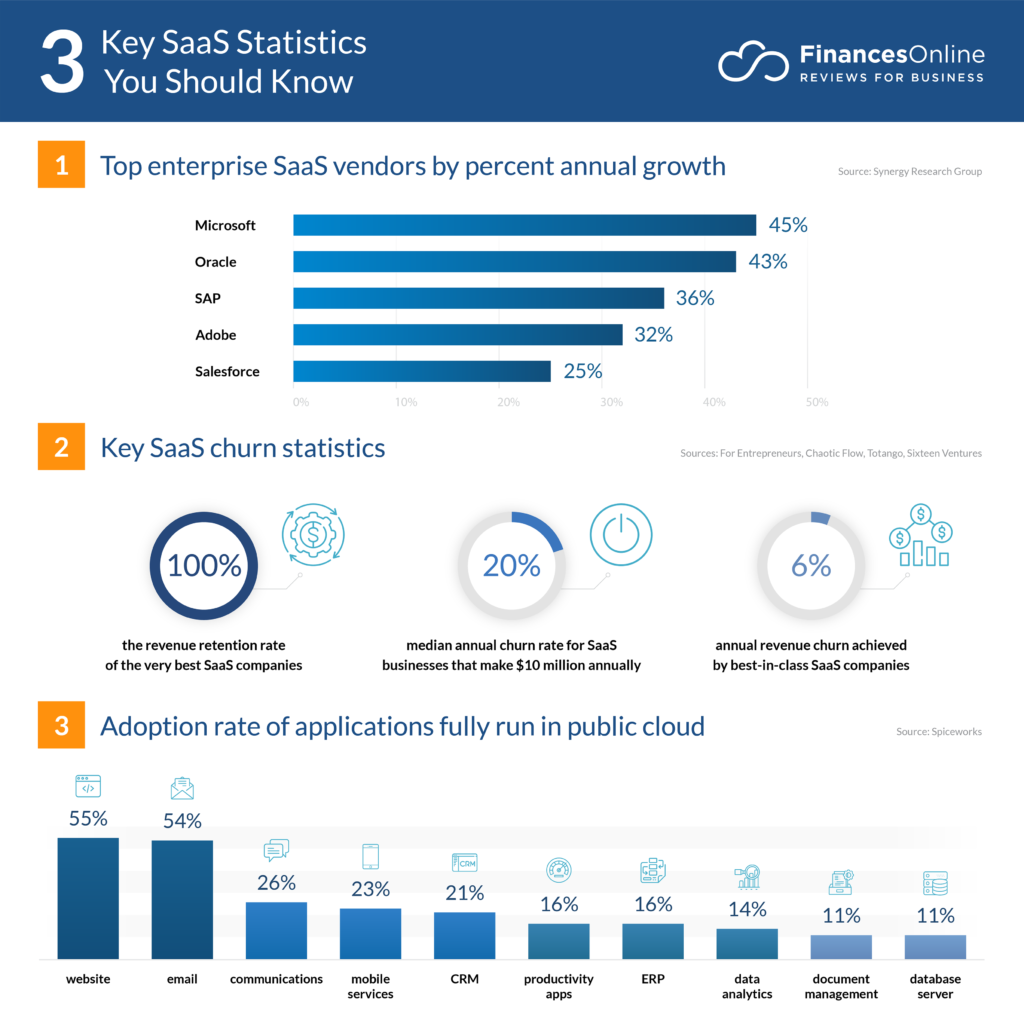How Do You Scale a Consulting Business and Create a SaaS Product Based on Your Expertise?
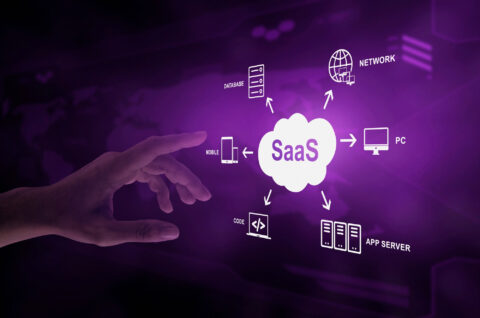
In the current market, businesses are looking for more creative ways to generate revenue. One of the most prevalent ways of creating a new source of income for businesses and companies over the internet is by creating a Software as a Service (SaaS) product.
This method has become the option of choice for several companies. It is a brilliant software distribution model that can be started as something very small and expanded to the enterprise solution.

What is a Software as a Service (SaaS) Product?
SaaS can simply be described as a software licensing and delivery model whereby the software is licensed and distributed on a subscription basis and is centrally hosted. In contrast to the standard applications’ distribution model – sold once and for a higher price – this option gives us much more flexibility and many other advantages.
SaaS means there is no hardware to buy or maintain, making it more cost-effective and less time-consuming for businesses. Updates and patches are automatically managed by the provider, freeing up time for in-house IT staff. Also, clients have the access to the platform through the web browser or a smartphone, so you don’t have to install anything.
It also offers easy scalability, as the business can easily adjust the level of service by upgrading or downgrading their subscription according to their needs.
Why so SaaS(y)?
There has been a lot of discussion about whether going SaaS is a good option for businesses. Despite the fierce debate, if you look at the largest companies in the market, creating a SaaS solution is a great option for established companies that are confident in the demand for their services.
When you are a consulting company and offer some specialized knowledge to your clients on a one to one basis, you can create a product out of your expertise. This product can be used by hundreds or even millions of people simultaneously, which is practically not possible with consulting as a service. This gives you enormous opportunities for growth and an increase in revenue due to the larger market.
Examples of SaaS products
As mentioned earlier, there has been significant growth in this industry. In 2022, the worldwide SaaS market was assessed at USD 237.48 billion, and projections suggest a growth to USD 908.21 billion by the year 2030. Potentially, thousands of successful SaaS companies are already making significant steps in the industry.
Let me look at some of the most notable SaaS Companies/Products in the market.
1. Stripe
Stripe is a payment processing company that competes with the likes of PayPal, Flint, Authorize.net and Ayden. The company started out with a fair number of mistakes, giving them a pretty rocky start in 2014. However, they have solved most of their problems.
They are a good option for online merchants looking to offer several payment options to their customers. Stripe boasts of some of the lowest rates in credit card processing transaction fees. Arguably, the success of this SaaS product is based on their amazing customer support. Stripe was valued at around $20 billion in 2018, while it is now valued at $94.4 billion.
2. Slack
Have you ever been part of a virtual team? Worked online with a bunch of other professionals from different regions? If not, you probably don’t know what Slack is. But if you have, chances are you have worked with Slack.
Slack is a messaging app designed to ease the communication between colleagues regardless of their platform. This is a great tool for startups, especially remote teams looking to maximize communication and teamwork. It offers a free and paid version. Slack is valued at around $20 billion.
3. GitHub
Github is arguably the largest SaaS product in the software niche. Developers, Teams, and Companies use Github to collaborate and build amazing software.
Github is a free open source online repository that allows people to fork and contribute to over 30 million projects. This SaaS product was founded by a 33-year-old college dropout and later sold to Microsoft for $ 7.5 Billion.
Who uses SaaS products?
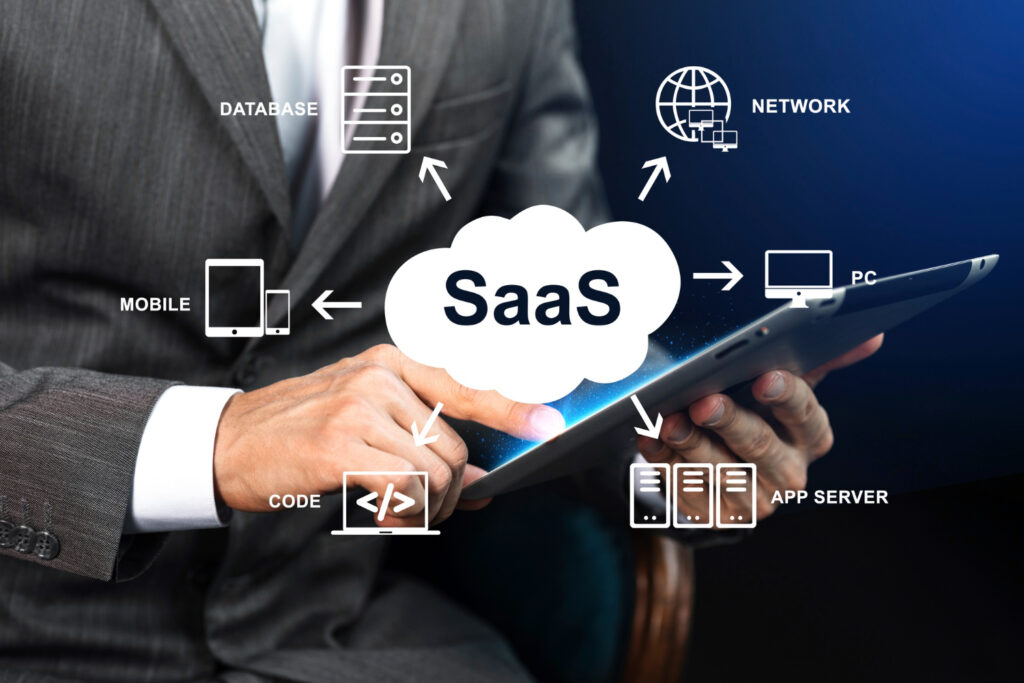
SaaS has had a major impact on the human interaction sector. Good examples are the companies mentioned above, where two out of three are human interaction focused. This means that whenever your business seems to involve a lot of one-to-one customer interaction, you should start thinking about how SaaS can come into play.
A lot of small and mid-size companies use SaaS too. Even software development companies like ours, don’t build a customized CRM or project management software for our needs – we use Zoho CRM and Jira, which are almost free and bring a lot of value for us.
How to turn a consulting company into a SaaS company?
This is a popular topic online. With many unanswered questions about how a consulting firm can become a SaaS company. We can imagine many scenarios of such a transition.
Some of them are our actual case studies, so let’s discuss them.
- Incremental SaaS Integration for Revenue Optimization
You are a consulting company in the revenue optimization field. You hire multiple great consultants and pay them on a monthly or hourly basis.
Are they focusing 100% on their core responsibility, which is to optimize revenue, or are they doing a lot of repetitive tasks, analyzing big Excel files and returning some similar solutions over and over again?
This is a point where you can start your SaaS transition. Beginning by automation of repetitive tasks and before your potential client reaches any consultant, he will get reports based on his data automatically.
So instead of turning the whole company into a SaaS platform, we can do it step by step, task by task, add it to your platform and make it available for a scalable number of users.
- Subscription-Based Application for Niche Consulting Services
You have a consultancy business, but you have found a niche that a lot of companies are looking for help with. Let’s say it’s a calculation that your clients have to do every month. You have some templates ready, the consultants know what to do, and every time a client comes in, one of the consultants has to spend 4 hours doing calculations for them. In practice, this 1 consultant can serve 2 customers per day.
At this point, you can say enough is enough – let’s build an application where customers pay for this service on a monthly basis and do it on their own.
You build the application, get it up and running and after a few weeks/months you can offer the same service to a much larger number of clients, without consultants, and scale it as fast as you like. At this stage, your consultant can move on to much more profitable and creative work.
- In-House versus Industry-Wide
You have found the perfect idea for a small tool for your industry, which will also help your consultancy to solve some problems much faster than anyone else. You can take it in 2 ways:
1. Build a tool, use it only within your company and make your consultations better / faster / cheaper – which will save your company X amount of money every year.
2. Build a tool, turn it into a platform and make it available to the whole industry for a monthly payment of Y amount.
Which is better? It is up to you, it is your business, we just build software.
Steps to take when thinking about going SaaS(y)
Start with this: How to convert just one process of your company into a SaaS?
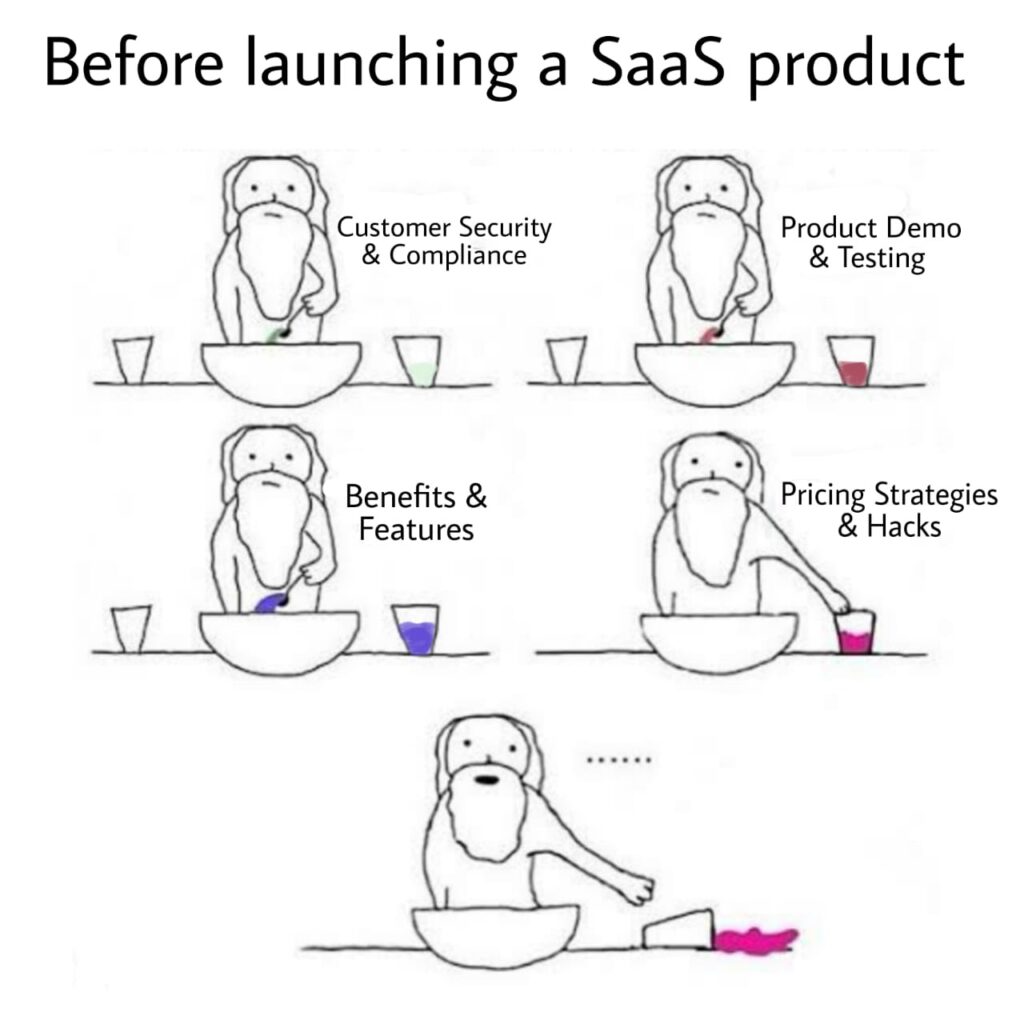
How does one go about converting an existing business process into a SaaS model? The first step is to choose one process or service that your company offers and focus only on migrating this one element into a SaaS.
Let’s say a law firm turns its in-depth contract review service into a SaaS solution. By developing an AI-based contract analysis platform, which will bullet point the important or dangerous aspects of it within seconds instead of consultant hours. The company speeds up the review process and lets clients conduct their own preliminary contract assessments.
Another example is an HR consultancy that is moving its employee onboarding process to a SaaS offering. A full-blown onboarding platform automates tasks such as document collection and compliance checks, making the onboarding experience more efficient. In the context of e.g. 20 new employees every month, we are going down from 2 days of human work, to 4 hours.
Let’s also use the example of one of our clients who provides financial and estate planning services, KYC and financial audits to their clients. In their case, they have quite a few services such as business succession planning, retirement planning or investment advice, but they only needed to automate one of them – KYC services – and as a result move it to SaaS.
Know Your Customer, or KYC, is a process used to protect financial organizations from money laundering, fraud, bribery and terrorist financing. To verify that customers are who they say they are, KYC screening determines a customer’s activities and identity.
We did the automation for them by creating an online platform for their customers that conveniently generates an authorization form and displays the results of the KYC check. In this way, they easily turned a process into a SaaS, increasing the convenience, speed and efficiency of this service.
How to validate it internally?
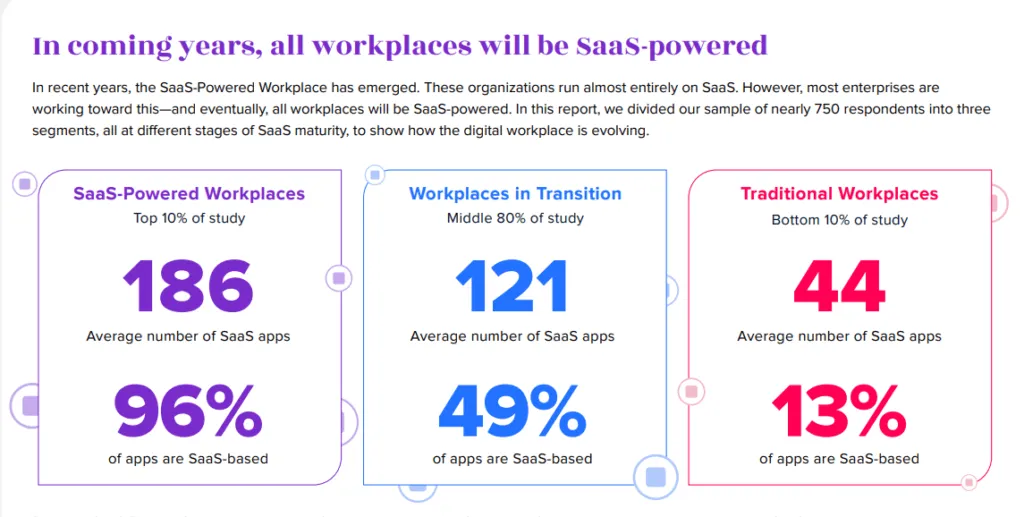
Internal verification is essentially a process where these new features are tested internally before they are released to larger audiences. A key advantage here is the ability to conduct these tests without the pressure of having to cater to a large external user base. The ecosystem inside a consulting company is less risky and acts as a controlled environment where feedback and assessments about the feature can be gathered and analyzed in detail.
The concept behind this is to use the small sample size of internal users to identify and resolve any potential issues before rolling out the feature to external users. These internal users span employees, associates, and partners of the consulting company who can fiddle around with the feature, mold it, breakpoint it and essentially test its survival in the harshest environments.
The feedback collected from these users is then invaluable in saucing up the feature to its final version. This feedback could range from potential bugs, recommended enhancements, usability issues to general impressions about the feature. The testing team then works with the development team to integrate these changes and improvements.
In this way, the chain of development, testing, feedback and improvement continues over iterative cycles. This process allows for continuous refinement of the features in relatively short cycles, thus improving overall efficiency. Furthermore, a well-tested product, having undergone stringent internal tests, assures higher quality and reliability when it goes live for millions of external users.
What’s equally important, you can perform this on every stage of the project. While gathering the requirements together, when you already have the designs, or you are working on the full roadmap.
How to validate it externally?
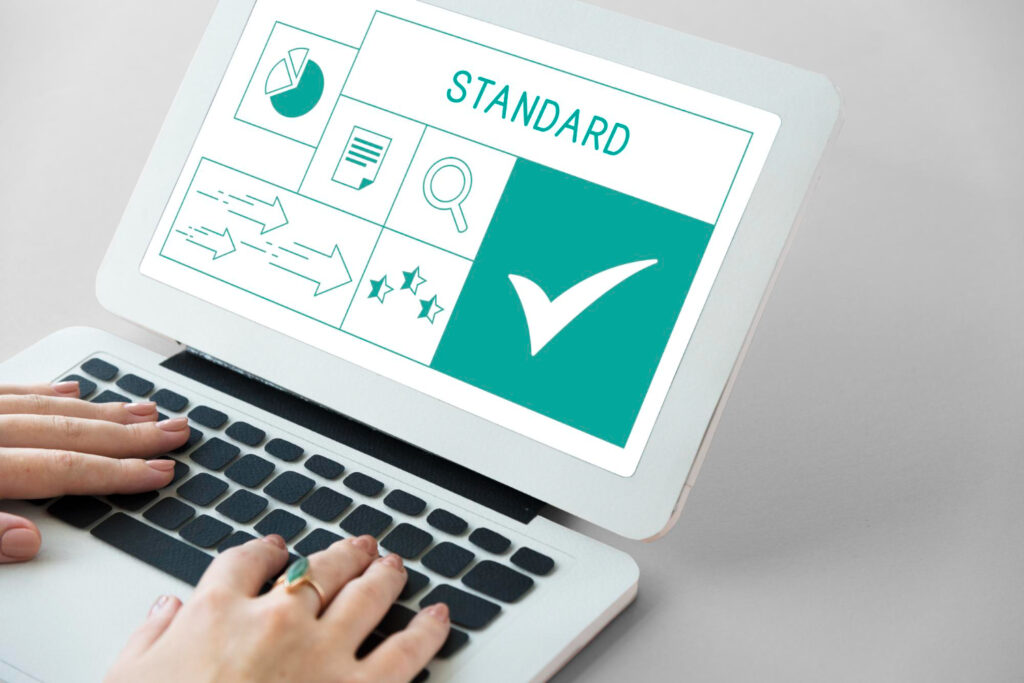
1. Landing page with a mailing list:
Let’s follow this 3-step process:
Objective: An effective way to set up an online presence for your product or service before its official launch is to create a landing page.
Design a landing page that clearly explains your product’s key features and value proposition. Provide a way for visitors to subscribe to a mailing list to indicate interest or receive updates. This is an early sign of external interest and provides an opportunity to make direct contact with potential users.
2. Gather interested people:
Objective: To actively contact potential users who have shown interest in your product through the mailing list or other channels.
Use many marketing channels such as social media, online forums or targeted advertising to attract people matching your target. Invite them to join the mailing list or show interest in the upcoming product. This step will help you build up a pool of people who are genuinely interested in what you have to offer.
3. Ask them what they want from the product:
Objective: Collect useful insights and expectations from potential users to improve and verify your product concept.
Connect with your target audience through surveys, polls or direct communication. Ask them about their expectations, pain points and desired features for your product. This direct feedback loop helps understand market needs, validate assumptions and refine your product based on real user expectations. It is the foundation for aligning your product with the real needs of your target audience.
By following these steps, you establish an iterative feedback loop and ensure that external validation is an integral part of your product development process.
Perform design and discovery – design it and think it through

As some of your consultancy services move to a Software as a Service model, the important step is performing Design and Discovery. Our D&D service gives you the opportunity to transform your software concepts into clickable prototypes.
At the outset of a new project, the Design and Discovery Service brings together expert consultants, designers and developers with your team, helping to brainstorm and shape project ideas into a full design and development plan.
This service is not only a proactive measure to avoid potential problems, but also a strategic approach to define project boundaries, set achievable goals and provide a clear cost estimate. Through in-depth discovery sessions and interactive prototyping, you will gain a thorough understanding of your project’s requirements, see your envisioned product in action, and gather valuable feedback before committing to the full development process.
This makes it easy to switch to a SaaS model and ensures you have a clear plan for a successful project with the confidence to secure funding.
Think about the payment model
When thinking about moving to a SaaS model for your consulting business, careful attention to the payment model is key. While subscription-based models are a common choice, you’ll want to explore different monetisation strategies that suit the unique features of your consulting services.
A one-off payment model that gives permanent access to the application offers users a sense of ownership and may be particularly attractive for certain consultancy services’ clients.
Alternatively, a credit-based model allows users to buy credits to access specific features within the application, providing flexibility and a pay-as-you-go structure. Free models that include free access with advertising or sponsorship, similar to platforms such as Google Ads, can attract a wider user base.
In addition, the use of social monetisation by selling anonymised data on user behaviour can be a strategic way of generating revenue. Thoughtful review of different payment models will ensure that the transition to SaaS is not only technically sound, but also in line with the financial preferences of your customer base.
Develop an MVP
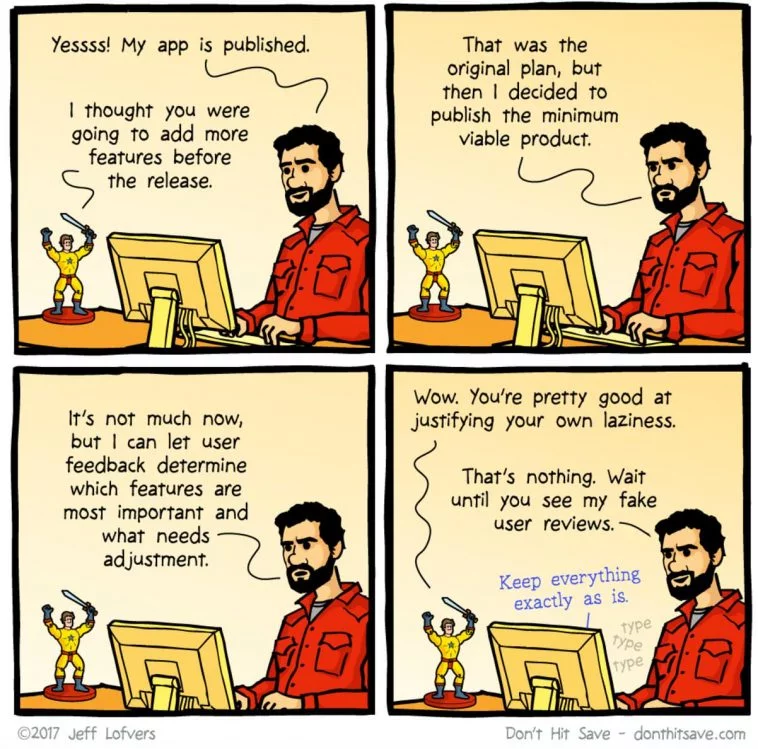
The final step is the Minimal Viable Product (MVP) development service, which can be described as a cost-effective way to bring your ideas to life. This service is designed to speed the journey from concept to a fully functional application with core features that address the core challenges your application is trying to solve. The MVP approach ensures that you get maximum value for your budget, while giving you the opportunity to collect valuable user feedback to refine your app.
By focusing on building the core features through scope estimation and a focused development process, you can quickly launch a fully usable app within a controlled budget. This not only sets the stage for user testing and feedback, but also gives you a working application ready for production users.
With an MVP, you can actively engage users, and strategically plan future development stages to align with both user insights and business objectives.
SaaS Product Made Easier
We hope that these few examples, together with the steps and the rest of the article, will help you to better understand how consulting companies can benefit from a SaaS model of software distribution.
If you have any questions or would like to discuss this or any other topic, please use this form to contact us.
